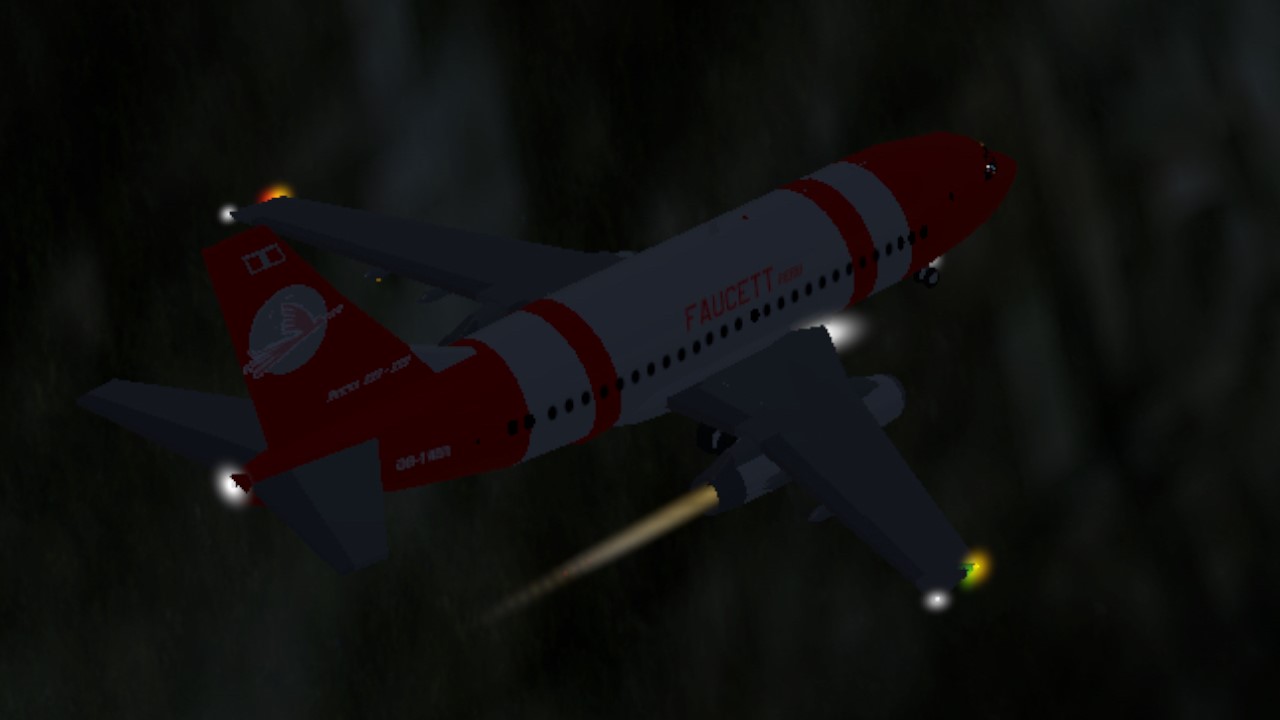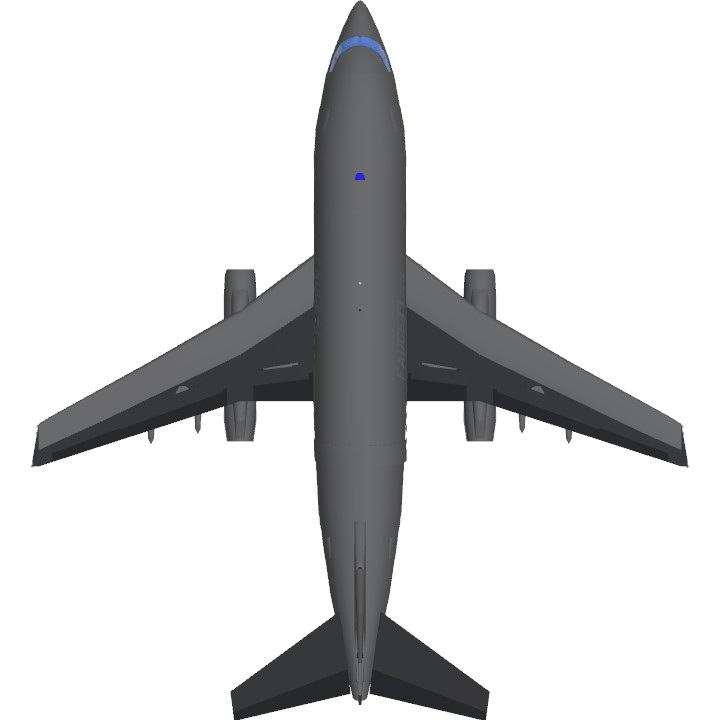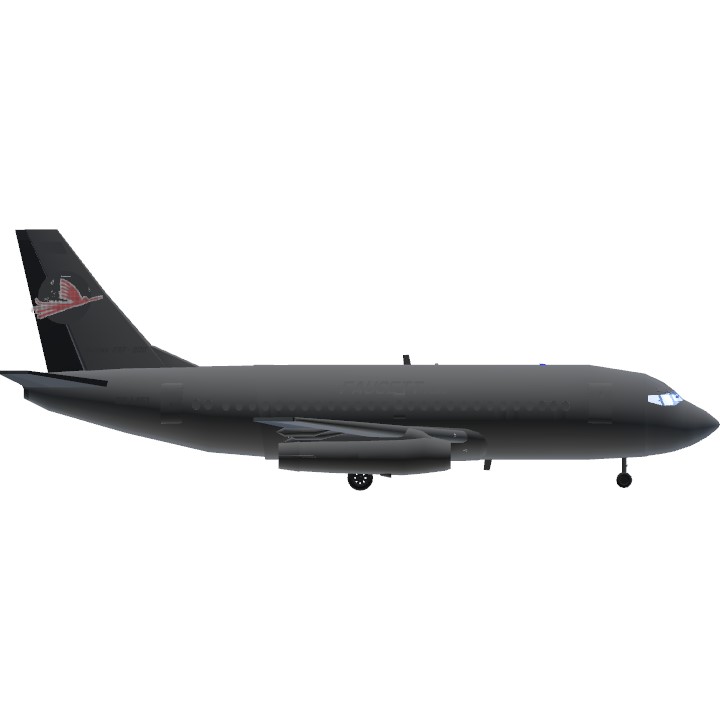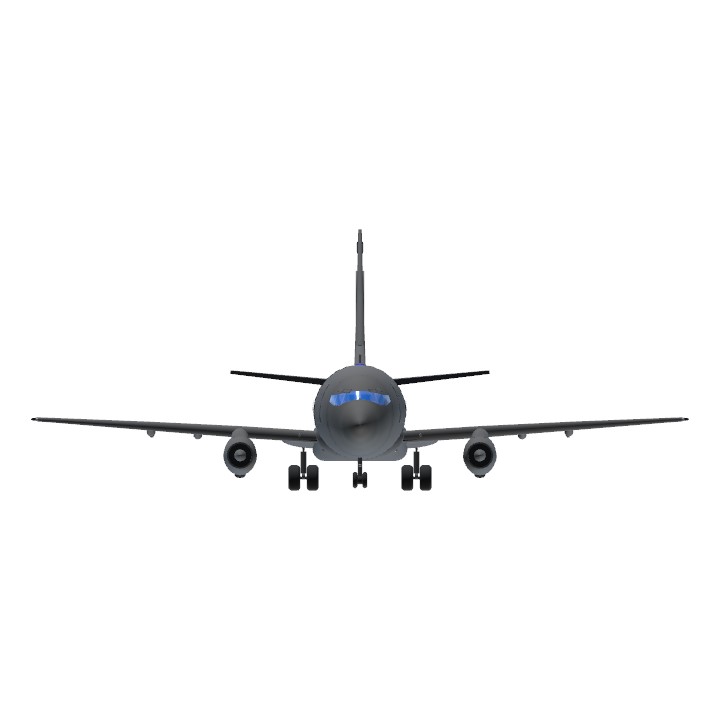About Faucett Peru flight 251:
Inbound from Jorge Chávez International Airport, the aircraft was on a VOR/DME approach to Rodríguez Ballón International Airport's runway 09, at night, in rain and mist, with thunderstorms reported in the area.[2][6][7]
The flight crew asked for the lights of the runway to be brightened as they could not see them when they should on normal approach, receiving a response from air traffic controllers that they were at full intensity.[6] The airplane crashed into hills at 8,200 feet (2,500 m) —the airport elevation is 8,405 feet (2,562 m)[8]—, at 20:25,[nb 1] approximately 2 kilometres (1.2 mi; 1.1 nmi) short of the runway and 8 kilometres (5.0 mi; 4.3 nmi) off Arequipa.[6][7][9] The aft section broke off on impact, and the main fuselage section continued to fly past the initial ridge and impacted near the top of the second one. The tail section fell into a crevasse between the two ridges.
There were 123 people aboard the aircraft, of whom 117 were passengers
Investigation:
The investigation was assisted by representatives from the US National Transportation Safety Board and Federal Aviation Administration, as well as Boeing and Pratt & Whitney, all of whom arrived at the scene of the crash by 1 March. The aircraft's flight data recorder (FDR) and cockpit voice recorder (CVR) were retrieved from the wreckage and on 5 March were sent to Washington D.C. for analysis by the NTSB.[5]:?2?
Early press coverage reported that the FDR and CVR were already yielding information. However, while the FDR was found to be usable, the partly-burned and partly-damaged CVR had its magnetic tape broken at its beginning, and only isolated Spanish-language voices could be heard. These were seemingly recorded inside a hangar, possibly during maintenance, and thus no recording of the flight crew's final voices before the crash was made. The airline claimed to have acquired the CVR in July 1995 and to have done maintenance on it in two occasions immediately prior to the crash (December 1995 and February 1996), however, the CVR had not been maintained in six years, showing in its interior registry that the date of its last opening was December 1989.[5]:?8–9?
It was found that the crew had been issued an outdated barometric altimeter setting after bypassing an ILS signal, causing them to fly almost 1,000 feet (300 m) lower than the altitude they believed they were flying at.[citation needed] In fact, they had the wrong impression the aircraft was flying at 9,500 feet (2,900 m), when it actually was at 8,640 feet (2,630 m), some 850 feet (260 m) below the glideslope.
Specifications
General Characteristics
- Predecessor Boeing 737-200 Generic
- Created On iOS
- Wingspan 91.0ft (27.7m)
- Length 99.5ft (30.3m)
- Height 36.1ft (11.0m)
- Empty Weight N/A
- Loaded Weight 68,781lbs (31,198kg)
Performance
- Power/Weight Ratio 1.013
- Wing Loading 50.1lbs/ft2 (244.4kg/m2)
- Wing Area 1,373.9ft2 (127.6m2)
- Drag Points 9373
Parts
- Number of Parts 381
- Control Surfaces 9
- Performance Cost 1,835





And now one step closer to all the deadliest crashes of each South American country.